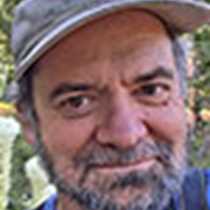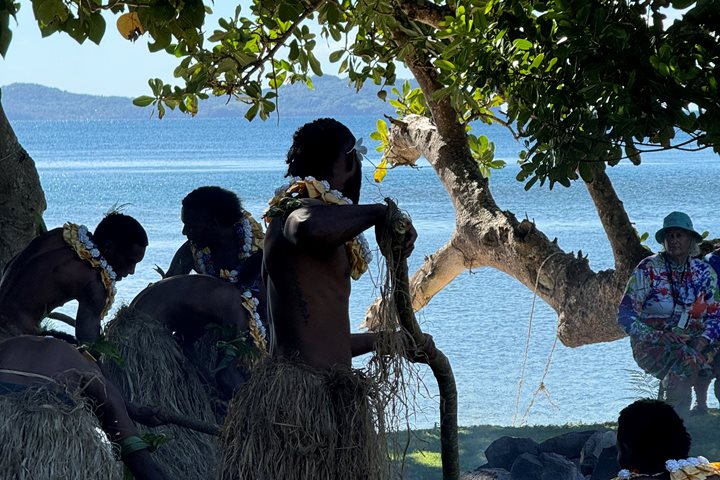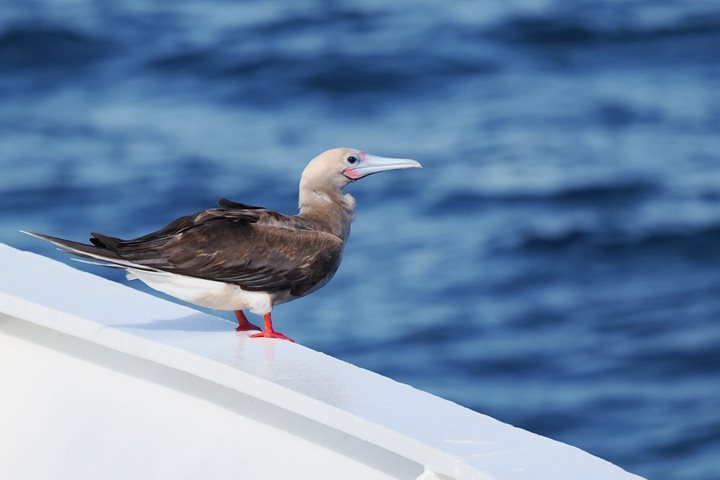Espiritu Santo is the largest island in Vanuatu, and it offers fascinating World War II history and spectacular natural beauty. To take advantage of these riches, the expedition team offered two morning excursions. One centered on the town of Luganville, a vital logistics center for the Pacific Fleet in the battle for Guadalcanal, and nearby Million Dollar Point. There, guests were able to snorkel above the rusting remains of a mass of military vehicles and other materials that were pushed into the sea at the end of the war. We were well-briefed on the significance of Espiritu Santo in the war effort thanks to Ian Toll’s lecture during our previous day at sea.
The other excursion took a group of adventurous birders to the Loru Conservation Area farther up the east coast of the island. We hiked through the native rainforest to find special endemic species like yellow-fronted white-eyes and Vanuatu whistlers, as well as more widespread South Pacific birds, including coconut lorikeets and Pacific kingfishers.
After a break for lunch back at the ship, we set off again for the Matevulu Blue Hole, one of Espiritu Santo’s famous freshwater pools. The crystalline waters turn a deep indigo blue in their depths. But first we were offered an unforgettable cultural performance, “water music” from Vanuatu’s remote Banks Islands. The unique percussive music is performed only by women, who expertly shape complex tones and rhythms with their hands by churning the waters of the lagoon.
Then it was off to the Blue Hole, where guests (and a large contingent of the ship’s crew) cooled off in the dazzlingly beautiful waters. We all assured each other – it wasn’t cold; it was refreshing! It was a fabulous and high-spirited end to a great day in Vanuatu.









